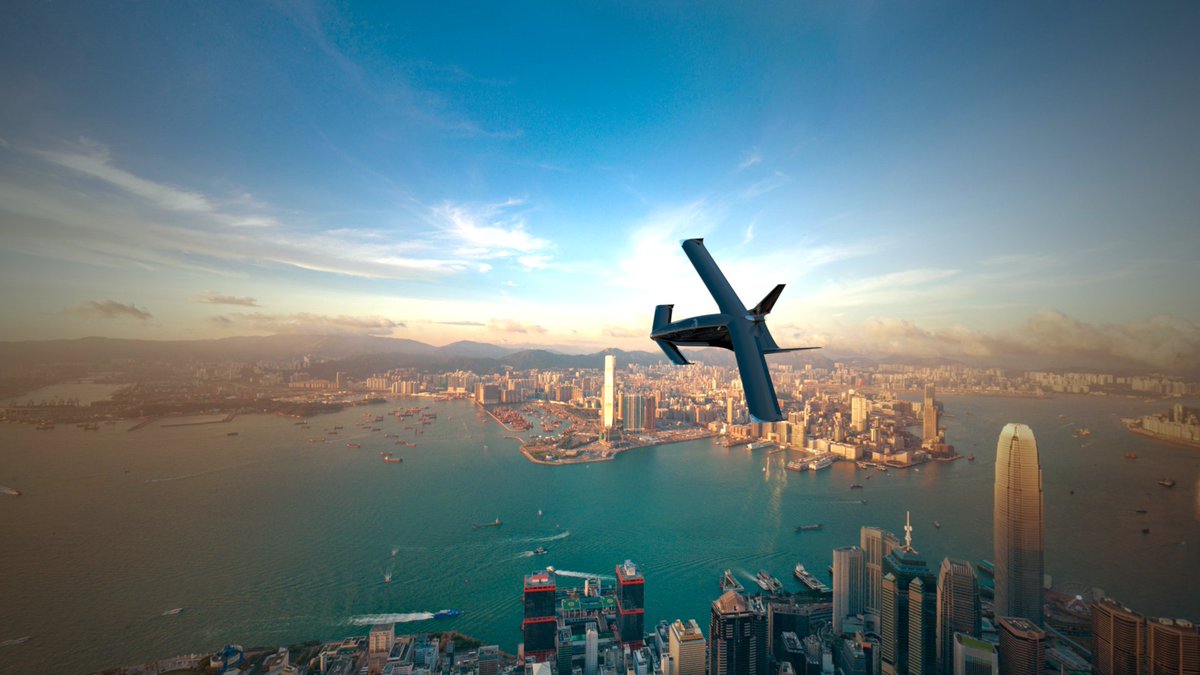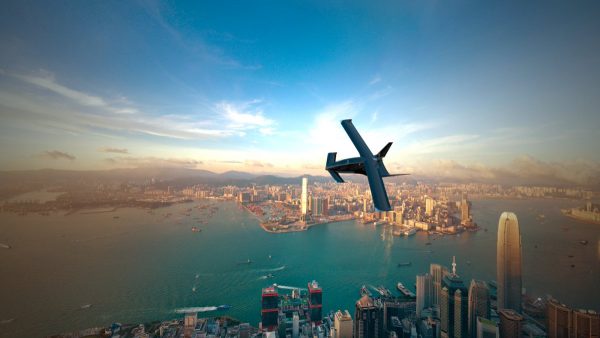Read time: 4 minutes
Some elements of animated sitcom The Jetsons are not that far off becoming reality. Emphasis on the word some – we’re not THAT pessimistic about our current circumstances that we believe we’re about to escape to space stations post-apocalypse and live off manufactured food pills.
However, we are edging closer to seeing Jetsons-inspired flying cars in our cities. Unrelenting traffic congestion (certain to resume post-COVID-19) and a growing awareness of our impact on the environment is fuelling demand for an alternative, greener mode of air transport. Enter electric vertical take-off and landing vehicles, or eVTOLs, as they are more commonly known. An eVTOL is a type of aircraft that uses electric power to take off and land vertically, hover, and convey passengers to their destinations, with the goal of taking pressure off traditional ground infrastructure.
Investment and regulation
The potential market for air mobility is huge – forecasted to be as much as $115 billion by 2035, with 280,000 employees, according to a new study by Deloitte and the Aerospace Industries Association. In 2020 alone, air mobility companies raised a total of $1.3 billion in private investment, up 80% from 2019, and as reported by Reuters in January this year, several start-ups, including Silicon Valley-based Joby Aviation and Germany’s Lilium, are expected to go public soon. Closer to home, Vertical Aerospace has recently received investment from the UK Government for a £2.3 million smart charger programme.
Meanwhile, urban planners are designing “vertiports”, where these eVTOLs can pick up and drop off passengers. In fact, the British government recently granted Hyundai and Urban Air Port approval to build the world’s first eVTOL hub in Coventry, to demonstrate the full potential of sustainable urban air mobility in the UK. Across the sea, Lilium plans to locate its first US vertiport in Orlando.
With this much hype and, and yes, real investment behind the technology, even NASA and the Federal Aviation Administration (FAA) are working behind the scenes to enable progression. The Weekly of Business Aviation (required reading for anyone in general aviation) reported recently that the FAA expects to certify the first of a new generation of advanced or urban air mobility (AAM/UAM) aircraft in late 2021, saying that regulations will be in place in time for piloted eVTOL operations to begin as early as 2023.
Current challenges
However, there are considerable technical challenges in delivering this air transport revolution, the most obvious relating to energy. Most projects are using an electric or hybrid electric energy source, but batteries are heavy and currently offer nothing like the energy density of conventional aviation fuel. It is therefore difficult to see how many schemes will be able to carry passengers for any great distance or manage the unplanned extra flying time that adverse weather routinely demands in even short-distance flights.
Researchers worldwide are working hard to develop lightweight batteries capable of storing greater energy, but we’re still a long way from a breakthrough. Issues with distance, charging and safety regulations between refuelling will be critical factors to watch out for. As a result, a few developers, such as Horizon Aircraft of Canada, are pragmatically developing designs which rely on conventional propulsion for their primary drive while incorporating electric ducted fans in a secondary role, with the intention of moving to full electric power only once battery tech catches up.

A rendering of Horizon Aircraft’s Cavorite X5 hybrid eVTOL in flight
Consumer economics will also be a factor impacting eVTOL demand. On the roads, the adoption of electric vehicles is being mandated by governments striving to meet climate change targets, but even this transition is not without challenges. A study by Castrol across eight of the world’s biggest electric road vehicle markets found that 63 per cent of consumers think the options are beyond their budget. How much more persuasion, then, will the public need that eVTOLs can be affordable enough to be relevant to their lives? For business use cases that require high aircraft utilisation this may be a big stumbling block and communications challenge.
The public will also need convincing that eVTOLs in an urban setting will not harm their quality of life. Most eVTOL manufacturers say the aircraft they are developing will be much quieter and less disruptive than helicopters, but how soon will the average city dweller become comfortable with aircraft flying 100 to 500 feet over their home and head? This is a fact that will not be lost on the national and local politicians whose support will be vital for aircraft to gain permission to operate.
Notwithstanding these issues, the advanced air mobility market holds immense and important promise for faster, cleaner modes of transportation which the world certainly needs. Yet, manufacturers and investors still have their work cut out to win public support, especially in populous environments. There is much work to be done to build reputations, allay fears and convince the world that this is the way forward.
If you’re interested, you can find out elsewhere on our website about 8020’s international aviation PR practice and how we help the innovators who are working towards a better tomorrow.








